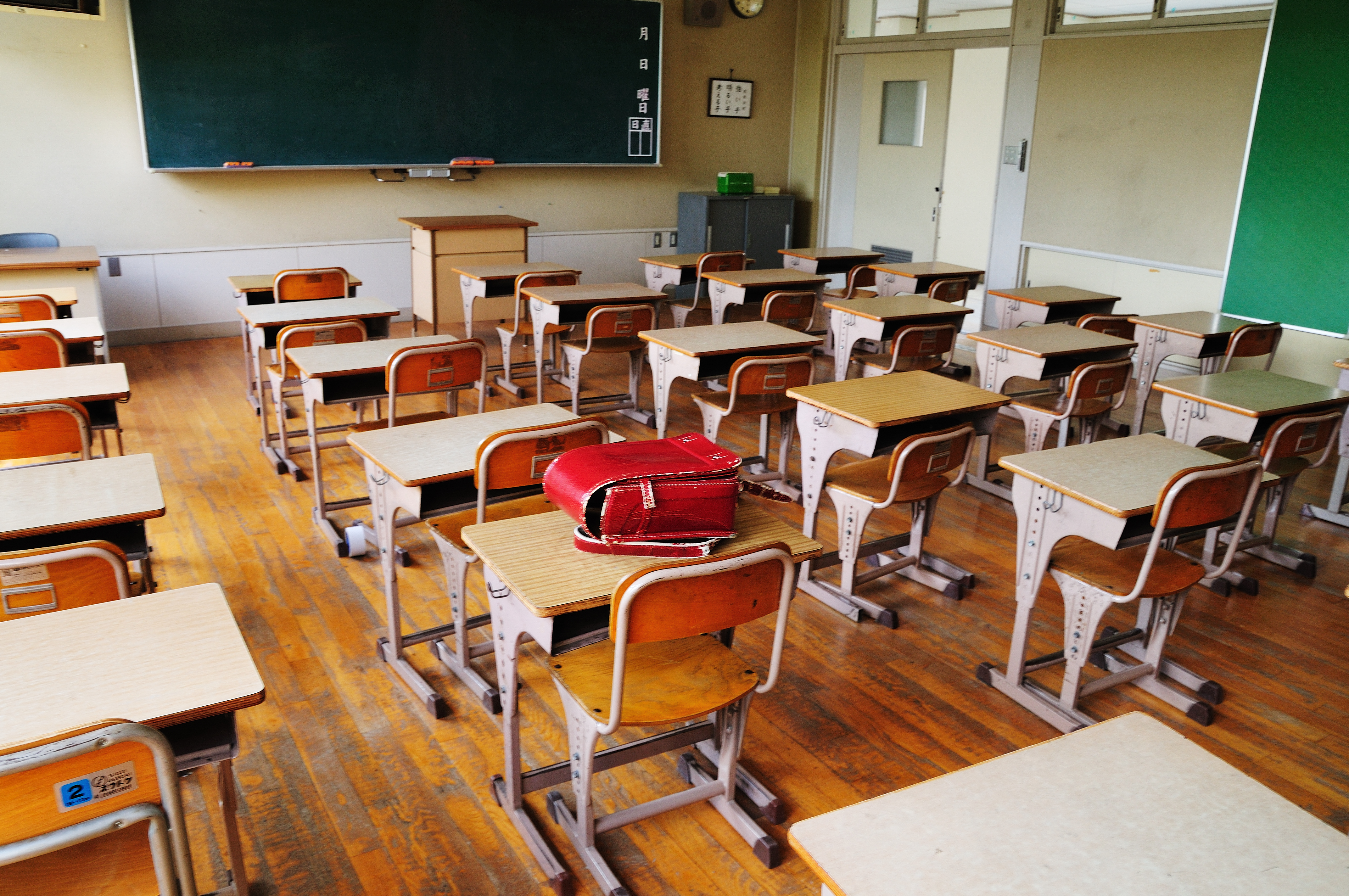Secondary schools based on the earlier system were wide and comprehensive according to the people’s needs. Their courses, class-systems and nature continued to develop till the end of the nineteenth century.
But during the twentieth century the secondary education continued to be re-organised according to the recommendations of the commissions and committees appointed from time to time. In the first half of the century, courses were changed and special courses were introduced.
In addition to general education, secondary schools for special and vocational subjects were established, e.g.— Practical Arts High Schools, High School of Commerce, Technical High School, Manual Training High Schools, etc.
ADVERTISEMENTS:
The nature and organisation of re-organised schools in U.S.A are not similar. There is some similarity of types only. Ordinary secondary schools have four year course teaching classes from IX to XII. In re-organised secondary schools, classes from VII to XII are taught.
The first three years of 6 years secondary school, i.e., classes VII, VIII and IX are known as junior high school classes and classes X, XI and XII are called higher secondary classes. The above types of secondary schools on the basis of re-organisation were adopted very slowly during the first 12 to 14 years. The following data prove it:
The number of students in six year secondary schools was more than the number in four year secondary schools. Upto 1935, the number of students in both the types of secondary schools (having four year and six year courses) was 51 per cent, whereas in reorganised six year secondary schools alone it was 49 per cent.
ADVERTISEMENTS:
It is thus clear that though the number of re-organised secondary schools was less, yet they educated most of the total number of students. Only 2 per cent students got education in four year secondary schools.
Now it has been noticed that if there are 266 students in re-organised secondary schools, only 85 students go to the four year secondary schools. Thus the number of students in new secondary schools is three time the number in old secondary schools. The data of 1934 has brought to light the following details:
1. The average number of students (boys and girls) in Junior High School class — 626 per school.
2. In Higher secondary classes — 983 per school.
ADVERTISEMENTS:
3. In Junior and Higher secondary classes together — 314 per school.
The educational system of secondary schools in U.S.A. is not common on the basis of curriculum. In some schools, there is six year curriculum and in some schools it is for four years. These curricula have affected the duration of teaching in primary schools and colleges also. For example-
The recognised popular structure of education is of the second type in which the primary level curriculum is of 6 years and at the secondary level 3 years are meant for junior high school classes and 3 years for higher secondary classes. The remaining two years are spent at the college level.
The junior high school classes at the secondary level of American education were started for the reason that in every sphere of life and in the vocational sphere, skilled persons were required. It was possible to fulfill this need only through the re-organisation of educational system.
At that time it was the educational system of secondary schools in U.S.A. is not common on the basis of curriculum. In some schools, there is six year curriculum and in some schools it is for four years. These curricula have affected the duration of teaching in primary schools and colleges also.
For example Primary state Secondary stage felt that junior high school classes (generally classes VII and VIII were included in the Primary stage) should be integrated with secondary classes and their curriculum should be different from that of primary classes.
Thus through re-organisation of curriculum, more skilled citizens could be prepared. At the secondary level the 6 year curriculum, in which 3 years are meant for junior high school and 3 years for the higher secondary, is not universal.
These provisions have been implemented in big cities or at those centres where all the secondary classes cannot be taught together for want of space in the existing buildings. The Arrangements for junior high school classes and higher secondary classes are separate but they are complimentary to each other.
In some places, the lower classes of the college level are included in the junior colleges and in some; they have been attached to the secondary level. Thus, in spite of the popular nature of secondary education system, it is not common.
Secondary education system in U.S.A. is still at the experimental stage. The organisation of schools has not changed suddenly and completely; gradual changes are made according to the time, need and philosophy of life.

